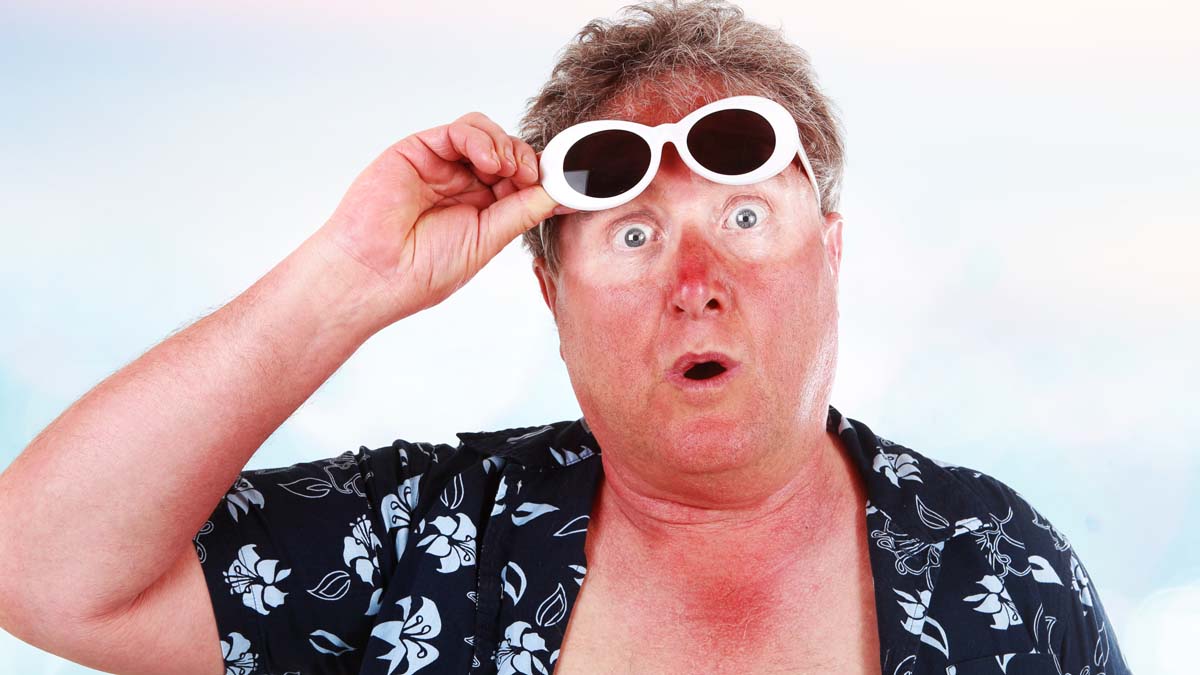Briana Key had planned her spring break trip for months, with plans of lounging in the Florida sunshine with her girlfriends. However, what the College of Charleston student hoped would be a rejuvenating break turned into days of pain caused by severe sunburn.
Key, with her fair complexion and light eyes, had always been cautious about sun exposure. When she looked up on the internet what the UV was that sunny day, it was a high of five, which she always thought meant there was a low risk of sun exposure. As a result, Key only rubbed on one application of SPF 30 sunscreen that day.
She spent the next week trying to fix her seemingly harmless mistake.
But Key’s story isn’t original. Every day, people disregard sunscreen, whether by choice, by accident, or by lack of education. Dr. Michael Overcash, a certified dermatologist who currently practices at Trident Dermatology in North Charleston, South Carolina, said the worst thing anyone can do is not apply any protection at all.
Dr. Overcash doesn’t recommend any specific brand, but says the higher the SPF, the better .
“One application of 100 SPF protects more than multiple applications of 50 or 30 SPF,” he said, adding that it’s the SPF and how your skin reacts, not the cost, that matters.
“If you use something cheap and absolutely love it, keep using it. Any brand of sunscreen does the same thing,” Dr. Overcash said.
Proper apparel is another surefire way people can protect their skin. Think hats, sunglasses and bathing suits with better coverage. Take your pick as well from any number of companies that sell SPF apparel, which is sun-protective clothing specifically designed for the outdoors and made from fabric rated for its level of ultraviolet protection.
A cheap Target T-shirt can be just as good as a skin protector, too, Dr. Overcash noted.
Feeling the burn
Like any other burn, sunburns have varying degrees. With a first-degree burn, the skin is pink and painful. A second-degree burn is when blistering of the skin occurs. By third-degree, a stage Dr. Overcash says is exceedingly unusual, the burn is so deep that it has touched the nerve, rendering your skin almost unable to feel pain.
Key’s second-degree burn puts her in line with one of every three Americans getting scorched by the sun each year, according to the U.S. Department of Health and Human Services.
While it’s too late to prevent her burn, caring for her skin is the next key step to avoiding becoming another statistic: one of more than 400,000 people in the United States who develop skin cancer.
Key was quick to head to a doctor when she realized how badly she was burned, but Dr. Overcash said if you can’t make it to a doctor right away, there are five simple ways you can alleviate a burn at home.
First things first, he advised taking Tylenol or aspirin to reduce pain and inflammation. Dr. Overcash also suggests using over-the-counter cortisone cream with cooling aloe to alleviate swelling and redness. For Key, applying cooling aloe throughout the day also relieved the heat of her skin.
Sunburn draws fluid to the skin’s surface and away from the body; therefore, Dr. Overcash stresses that consuming plenty of fluids, such as water and Gatorade, to replace lost body fluids and replenish electrolytes is essential to helping your burn heal faster.
Lastly, like Key, learn from your mistakes. Continue to travel and enjoy the beautiful sunshine that Charleston has to offer, but don’t wait to get burned before you understand the benefits of sunburn prevention.
Easy prevention!
– Wear sunscreen on exposed skin, especially your face, hands, legs, arms and feet.
– The higher the SPF, the better; 100 is twice as good as 50, according to certified dermatologist Dr. Michael Overcash.
– Stay out of the sun during the hottest parts of the day, typically from 10 a.m. to 4 p.m.
– For added protection, wear protective apparel like hats, glasses and SPF shirts when out in the sun.
– Don’t underestimate the power of the sun. Cover up even if it’s cloudy or the UV index is low.
By Isabella Carlucci







